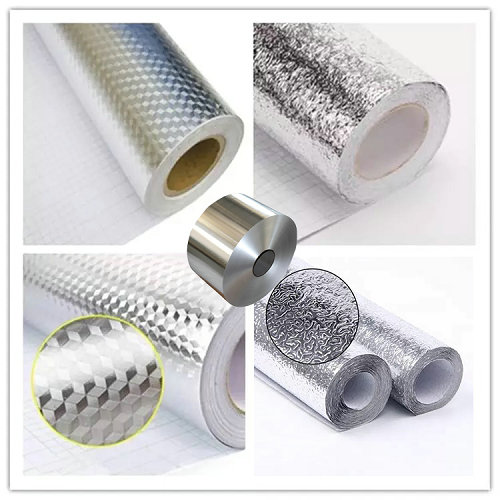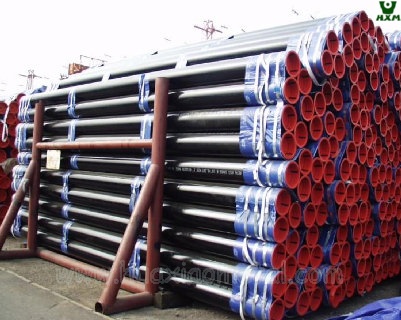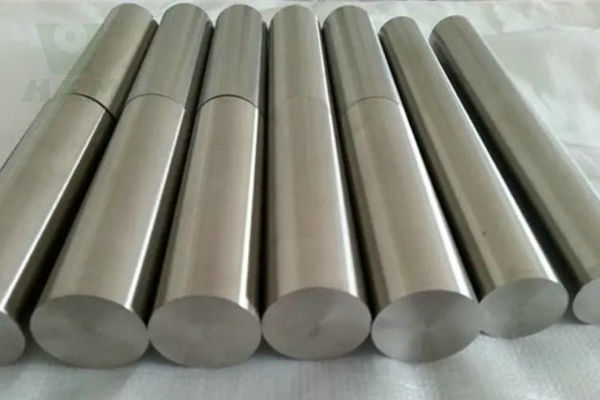What is Aluminum Foil?
Aluminum foil is a thin sheet made of pure aluminum, which has the characteristics of light weight, softness, and good thermal conductivity. Their thickness ranges from a few micrometers to tens of micrometers, depending on the application and desired function.
Understanding Aluminum Foil Thickness Application

Ultra-thin aluminum foil (several microns to tens of microns):
Ultra-thin aluminum foil is mainly used in the electronics industry, such as integrated circuit packaging, capacitors, batteries, etc. Its extremely thin thickness makes it easy to wrap and protect tiny electronic components and provides good electrical conductivity and thermal insulation properties.
Medium-thickness aluminum foil (tens of microns to hundreds of microns):
Medium-thickness aluminum foil is commonly found in the food packaging industry. For example, common household tinfoil is made from medium-thick aluminum foil. Aluminum foil plays the role of moisture-proof, oxygen-blocking, fresh-keeping, and heat-insulating in food packaging, and at the same time, it can prevent the mixing and loss of flavor.
Thick aluminum foil (above hundreds of microns):
Thick aluminum foil is commonly used in industrial fields. It has high strength and corrosion resistance and is suitable for fields such as aviation, spaceflight, construction, and automobiles. In these fields, thick aluminum foil is used for thermal insulation, sound insulation, fire protection, and structural support.
Standard Aluminum Foil Thickness
The standard thickness of aluminum foil typically ranges from 0.016 mm (0.0006 inches) to 0.2 mm (0.0079 inches). However, it’s important to note that aluminum foil is available in various thicknesses, and the specific thickness can vary depending on the intended application.
For household use, the most commonly found aluminum foil thickness is around 0.016 mm to 0.025 mm (0.0006 to 0.001 inches). This thickness is suitable for everyday tasks like wrapping food, covering dishes, and lining baking sheets.
In industrial and commercial applications, thicker aluminum foils are often used. These can range from 0.03 mm to 0.2 mm (0.0012 to 0.0079 inches) or even higher. Thicker foils provide increased durability, strength, and barrier properties, making them suitable for insulation, packaging, and other specialized applications.
It’s worth mentioning that these thicknesses are general standards, and variations can exist based on specific requirements and regional practices. Manufacturers may also produce aluminum foil with custom thicknesses to meet the specific needs of customers and industries.
Overall, aluminum foil’s versatility and customizable thickness make it a widely used material in various sectors, including household, food packaging, pharmaceuticals, electronics, and more.
Measuring Aluminum Foil Thickness
Measuring the thickness of aluminum foil can be done using a few different methods. Here are a couple of commonly used techniques:
Micrometer Measurement:
One way to measure aluminum foil thickness is by using a micrometer, which is a precise measuring instrument. Follow these steps:
- Ensure that the micrometer is clean and calibrated.
- Take a piece of aluminum foil and flatten it out as much as possible.
- Place the foil between the measuring jaws of the micrometer.
- Gently close the jaws until they are lightly touching the foil.
- Read the measurement displayed on the micrometer. This will give you the thickness of the aluminum foil in millimeters or inches.
Weighing Method:
Another method to estimate the thickness of the aluminum foil is by weighing a known area of the foil and calculating its thickness based on the density of aluminum. Here’s how to do it:
- Cut a rectangular piece of aluminum foil with a known area, for example, 10 cm by 10 cm.
- Weigh the foil using a precise scale.
- Divide the weight by the area to get the weight per unit area (grams per square centimeter).
- Use the density of aluminum (2.7 grams per cubic centimeter) to calculate the thickness. Divide the weight per unit area by the density to obtain the thickness in centimeters or inches.
It’s important to note that these methods provide approximate measurements, as the thickness of aluminum foil can have slight variations within the same roll or between different rolls. For precise measurements, it is recommended to use specialized equipment like a thickness gauge or consult the specifications provided by the manufacturer.







